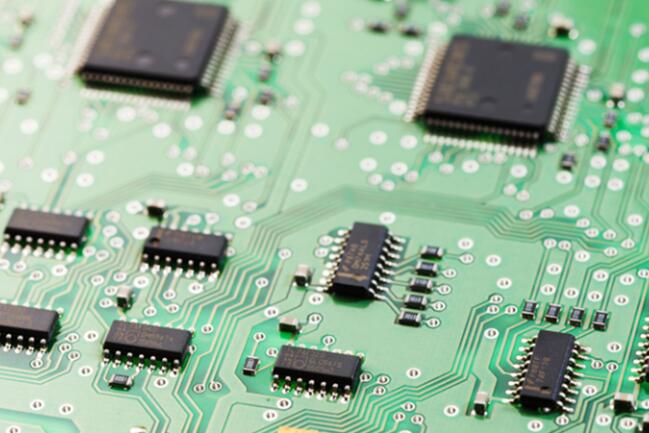In PCB design, in order to reduce crosstalk between lines, we often hear of the 3W rule, 20H rule, 55 rule, and so on. Here is a detailed introduction to the 3W rule. In fact, the 3W rule is to reduce crosstalk by keeping a spacing three times the line width between cables. This is called the 3W rule.
Why choose the 3W rule?
Under normal circumstances, if you can guarantee two line spacing is large enough, can eliminate crosstalk, but in the actual design can't realize the line spacing is large enough, so there is a walk line spacing and the crosstalk balance, and when the center distance between the line width is not less than 3 times, can keep most of the electric field does not interfere with each other, The crosstalk between signals can be reduced by 65~70% if the principle of 3W rule is satisfied, while the crosstalk between signals can be reduced by 98% if the principle of 10W is satisfied.

Below is a simulation of next and next with respect to line spacing, with line widths of 5mil.
In order to prevent crosstalk effectively, the spacing is related to the height of the lamination and the width of the wire. For the following 1.6mm conventional four-layer PCB, the middle two layers are plane layers, and the distance between the line and the reference plane is about (5~10mil). For 5mil line width, the 3W rule can be satisfied. However, for a 1.6mm 2-layer PCB, the distance between the wiring and the reference layer may be obtained (50~60mil). For 5mil line width, 3W is obviously not enough for high-speed signal wiring.
So the 3W rule is a compromise based on certain conditions, sometimes the 3W rule May be enough, and sometimes a wider space may be needed.
In order to limit crosstalk within an acceptable range, it is generally required that the spacing of ribbon lines be greater than the distance from the reference plane. For microstrip wires, it is generally required that the distance between the wires and the reference plane be greater than twice.
Which signals follow the 3W rule.
According to the above analysis, which signals need to meet the "3W rule" in actual PCB design, and which signals do not?
For a two-layer PCB, due to the low density, the signal rate is not high (if not, it will certainly not choose a two-layer PCB), in the case of meeting the process and impedance, as thick as possible, as far as possible distance.
For a multilayer PCB board, the 3W rule refers to multiple high-speed signal lines and long walk lines, the distance between should follow the principle of the 3w rule, such as the clock line to difference line, high-speed signal lines, reset signal lines, and other key signal systems need to follow the principle of 3w, higher requirements for some signal lines, may also need to satisfy the principle of 5w, for the ordinary signal lines, Then adjust the spacing according to the wiring density, not all wiring on the PCB board should be forced to comply with the 3W rule.